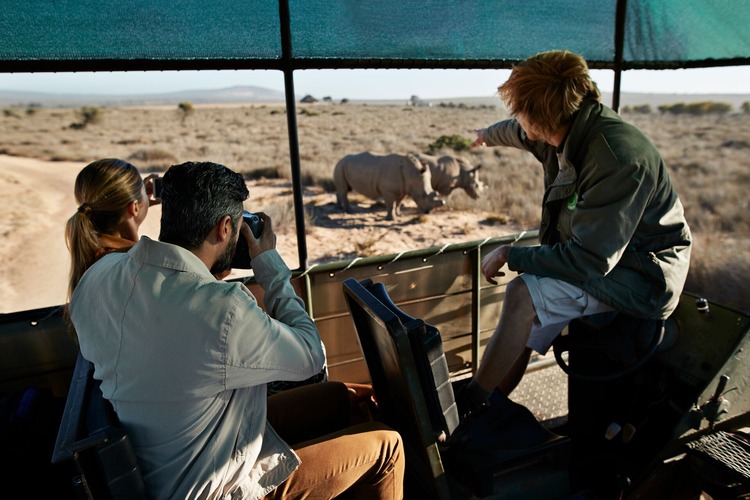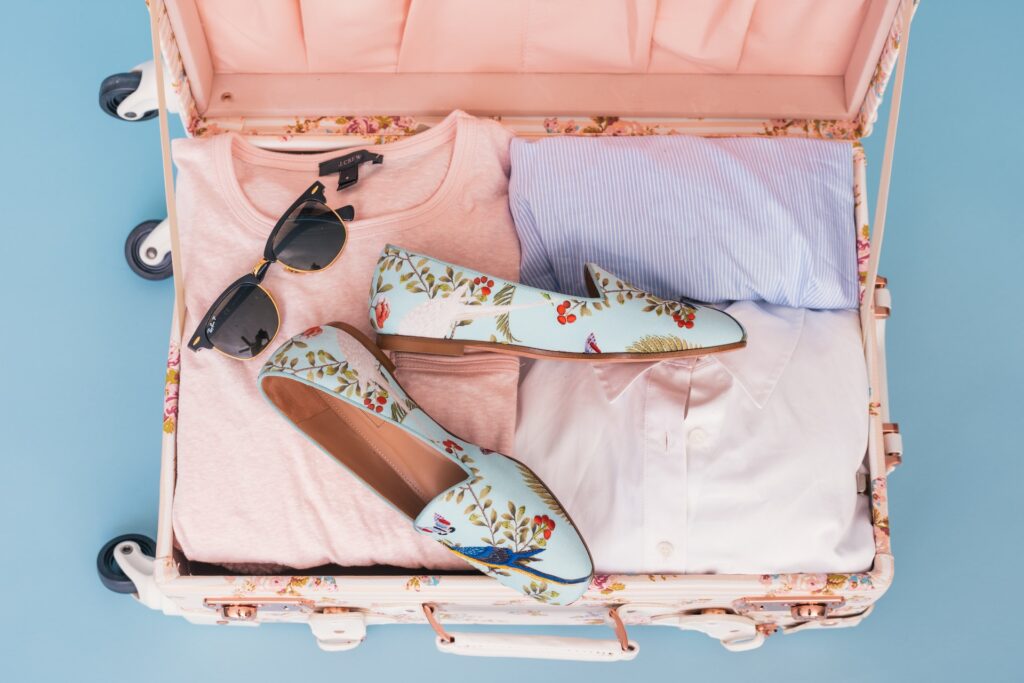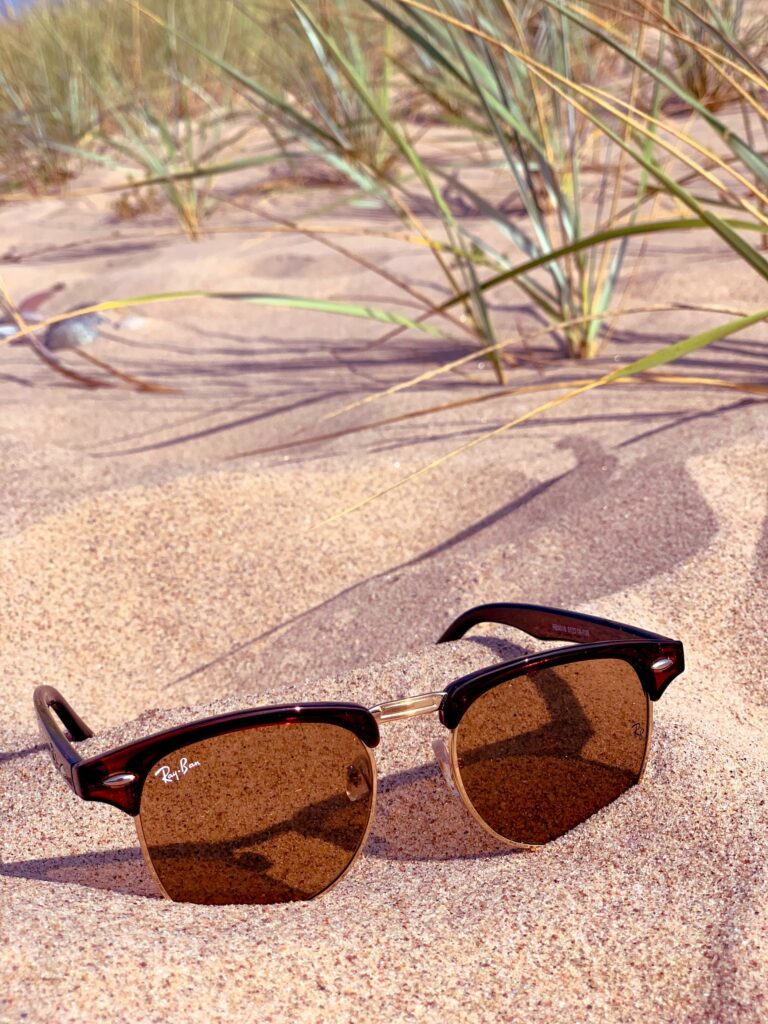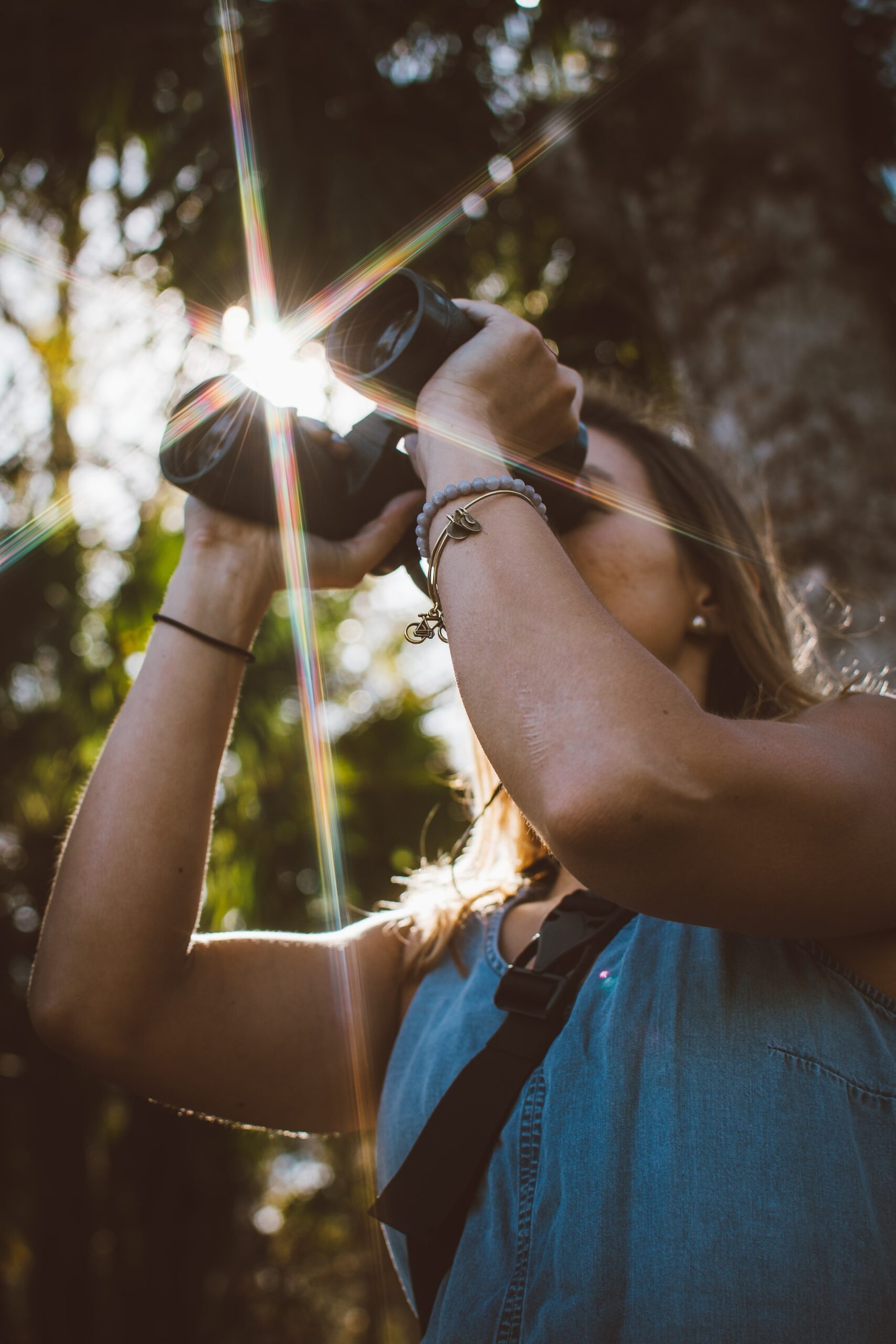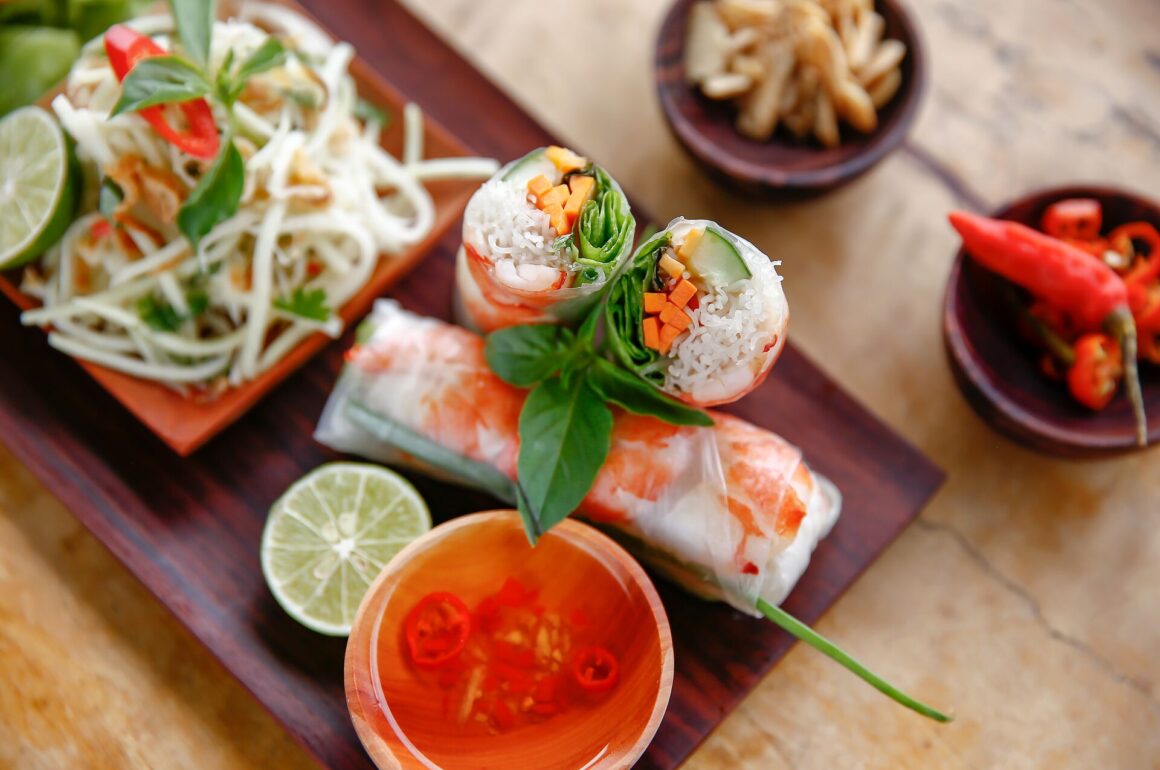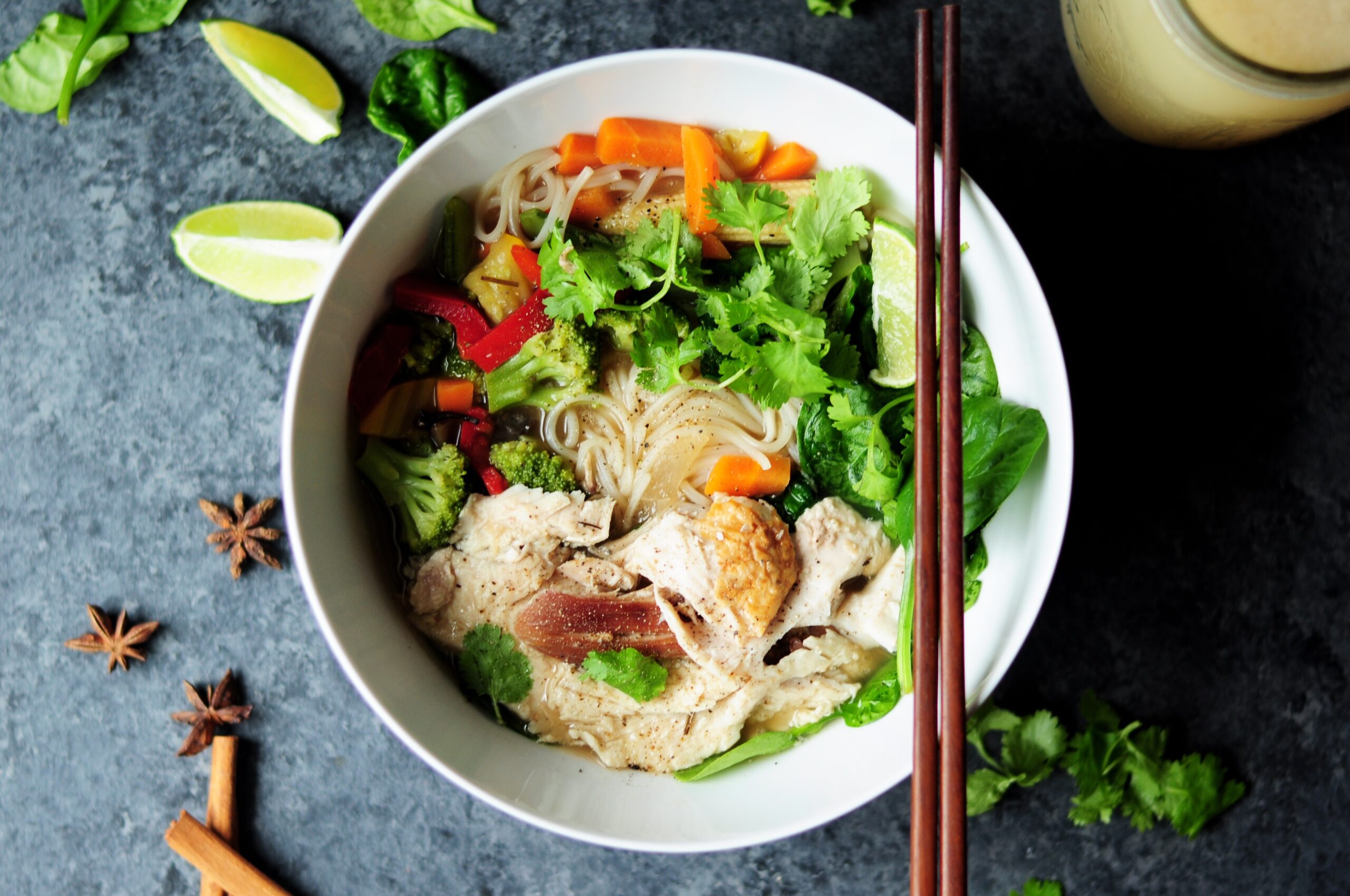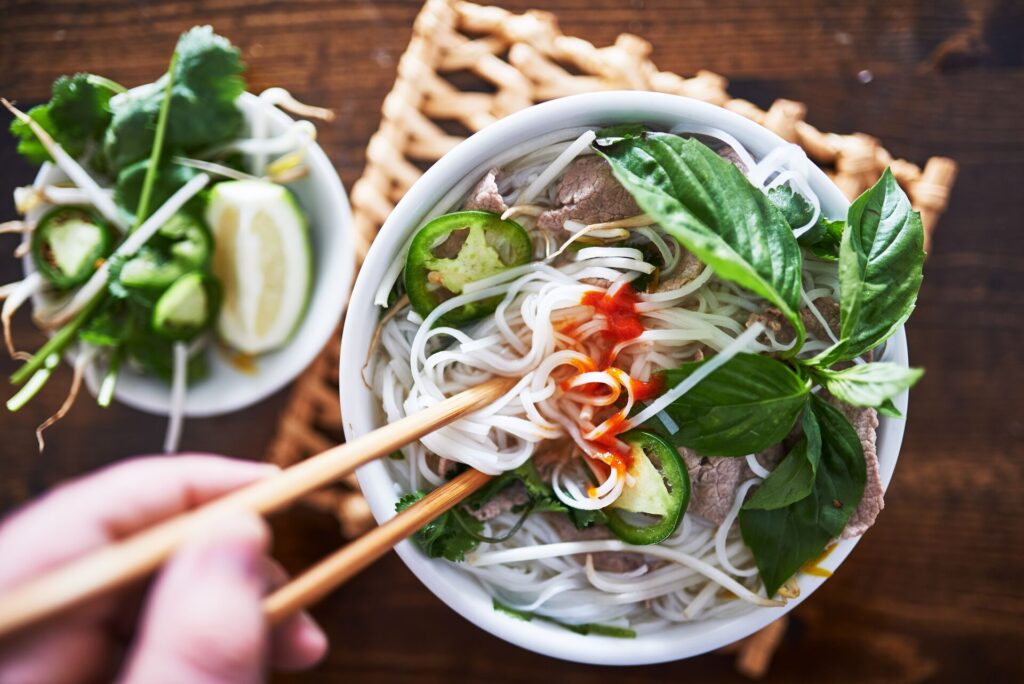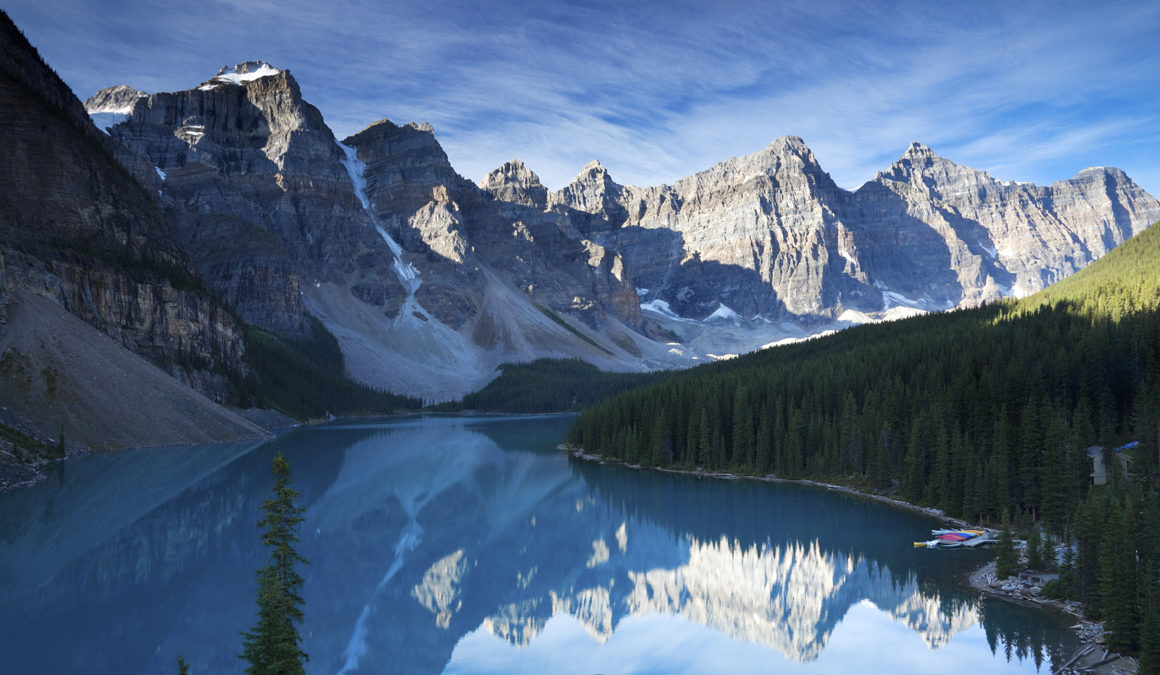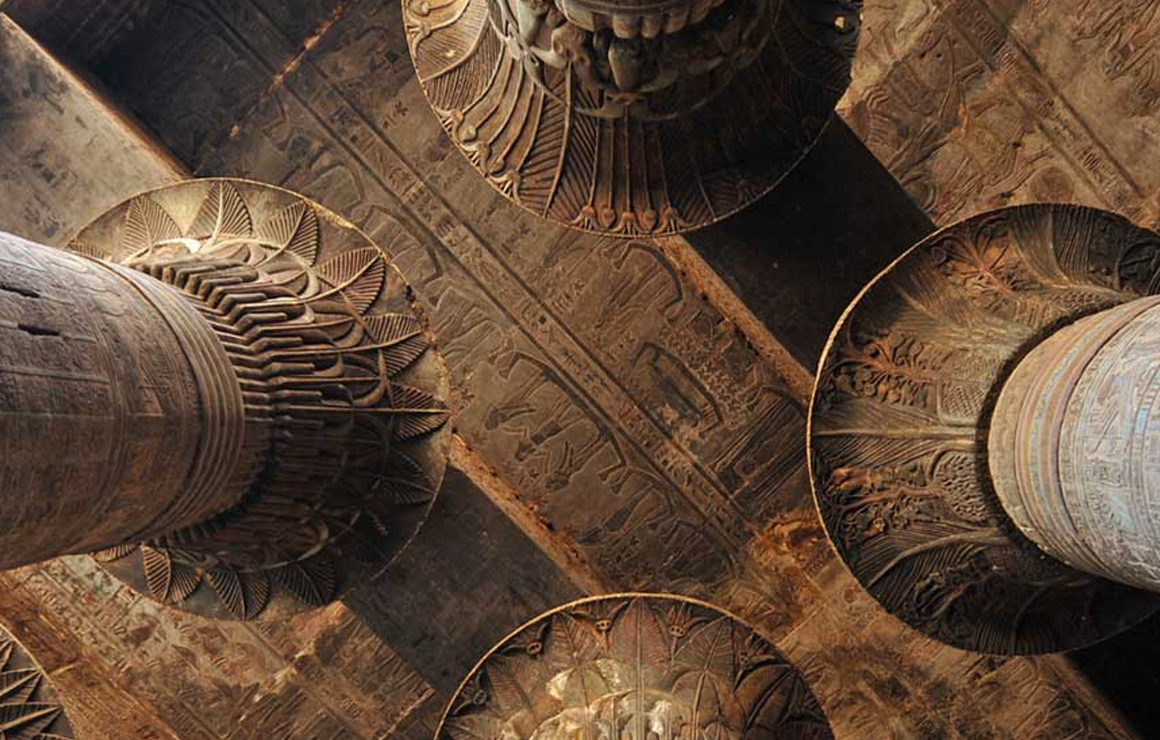If you’re about to head off on a safari to Africa’s extraordinary destinations, you’re probably wondering what to wear and what to pack. From game drives to bush walks and sundowners, you’ll want to be prepared for everything on your safari. Our expert team know exactly what you do and don’t need on safari, from your luggage to your clothing and accessories. We’ve put together the ultimate packing guide so you can go on safari in style.
Experience it: Spectacular South Africa
Luggage
Before you start packing, you need to choose the right luggage. For a safari in Africa, a soft-sided suitcase or duffel bag is the best choice. Most luxury safari camps and lodges have strict luggage restrictions, particularly if you’re flying on small domestic flights between destinations. A lightweight, soft-sided bag can be easily stowed in small storage spaces.
Daytime clothing
If you want to safari in style, you’ve got to choose the right clothing. Here are our tips on how to dress comfortably and appropriately on safari:
- Wear long trousers and long-sleeve shirts to protect against the elements and insects. It’s appropriate to dress conservatively in many African countries, so bring clothing that can cover your shoulders, chest and midriff, even outside the national parks.
- Bring shorts, t-shirts, sun-dresses or casual wear for downtime around the lodge.
- Wear clothing options that are easy to layer up, as morning and evening game drives can be cold, while the daytime drives can be hot. You’ll need a warm jacket and a waterproof coat in case of rain.
- Choose moisture-wicking materials to stay comfortable and cut down on clothes washing in remote safari camps and lodges.
- Wear clothes in neutral colors such as brown, beige, khaki and dark green. This helps you blend in with the landscape and increases your chance of spotting wildlife. Avoid white and brightly colored clothing. You should also avoid military-style camouflage clothing as it’s illegal in many African countries such as Zimbabwe, Ghana, Nigeria and Uganda.
- Swimwear: Most luxury safari lodges have a pool so bring your swimwear.
- Sleepwear: Pack some comfortable sleepwear in breathable materials
- Underwear and socks: Go for moisture-wicking underwear and socks to help you stay comfortable all day.
Read more: Cape expectations: how Travel Concierge Jameel makes South Africa sing
Footwear
Bring comfortable walking shoes that have been worn-in, to avoid blisters. If you plan to do any hiking, you’ll need sturdy hiking boots.
You should also bring a pair of sandals or flip-flops for relaxing at the lodge or by the pool.
Evening wear
Depending on your safari and lodge, you may like to bring a more formal outfit for dinners or evening events. Check with your personal Travel Concierge to find out if you need to bring evening wear on your tour.
Accessories
Bring a wide-brimmed hat and polarized sunglasses to protect you from harsh UV rays.
You should also bring one or two lightweight scarves or bandanas. These come in handy for protecting your face from dust, shielding your neck from the sun, cleaning lenses on your camera or glasses, or wrapping around yourself on chilly mornings.
Read more: 5 of the best Passport Moments you’ll enjoy with Luxury Gold
Travel gear
Camera and accessories: Capture the incredible wildlife and landscapes with a good camera, protective cases, extra memory cards, and spare batteries or a portable charger. If you plan to take photos with your phone, bring a dustproof and waterproof case plus extra memory cards.
Binoculars: Good quality binoculars are highly recommended.
Torch or head flashlight: These are essential for navigating around the lodge at night or if you plan to go on night game drives. A solar-powered torch or flashlight is a great eco-friendly alternative.
Portable chargers and adaptors: Portable chargers are one of the handiest gadgets you can bring on safari. You’ll also need to check the plug type for your destination to determine which power adaptors you need. If you’re visiting multiple countries, a universal power adaptor might be the best option.
Waterproof bags: Bring waterproof bags for all your important equipment. If you plan to go kayaking or do water sports, bring a dry bag.
Reusable water bottle: Stay hydrated and limit single-use plastic waste by bringing a reusable water bottle. You can refill it at your safari lodge or during game drives. You may also like to bring a water bottle with an in-built filtration system.
E-reader: If you love to relax with a good book in the afternoons when travelling, bring an e-reader such as a Kindle or Kobo with some good books preloaded. It’s easier than hauling around heavy books and you can download dozens of books at a time. Ask your personal Travel Concierge for recommended reading about your safari destination before you go.
Read more: The personal touch: our top 5 curated luxury travel experiences for 2023
Toiletries
- High-SPF sunscreen
- After sun cream
- Mosquito repellent
- Bite relief cream
- Lip balm
- Hand sanitizer
- Biodegradable wet wipes
- Eco-friendly toiletries such as solid shampoo, soap, deodorant, and toothpaste tabs.
- Basic first aid kit including band-aids, pain relievers, antihistamines, gastro relievers, and any personal medications. Check with your doctor about whether you need to bring malaria prophylactics.
Documents and essentials
Keep your passport, visas, travel insurance information, and any necessary vaccination certificates in a secure, waterproof document holder.
What not to bring
Plastic bags: These are banned in many African countries including Kenya and Rwanda. All visitors are required to discard any plastic bags before entering the country including ziplock bags and duty-free plastic bags. There are penalties for those found in possession of them, so be sure to use alternatives such as cotton totes or silicone bags.
Camouflage clothing: It’s illegal in many countries and unnecessary on safari.
Drones: These are illegal in East Africa.
If you want to know more about what to pack for your safari, be sure to speak to yourTravel Concierge. They are experts on your destination and are there to offer guidance and personal service every step of the way so you can safari in style.



